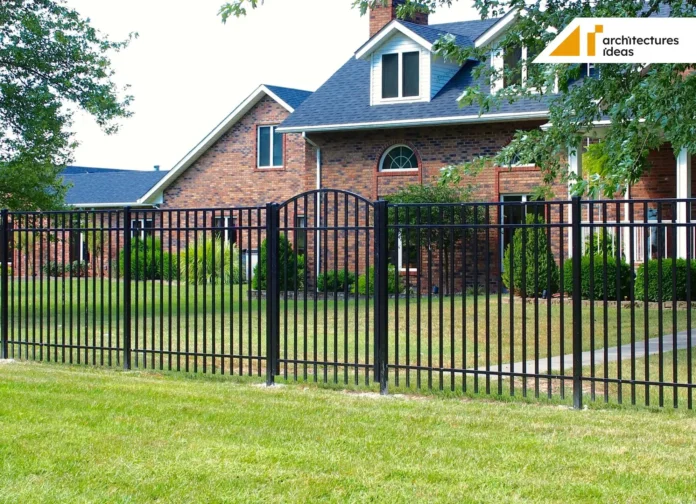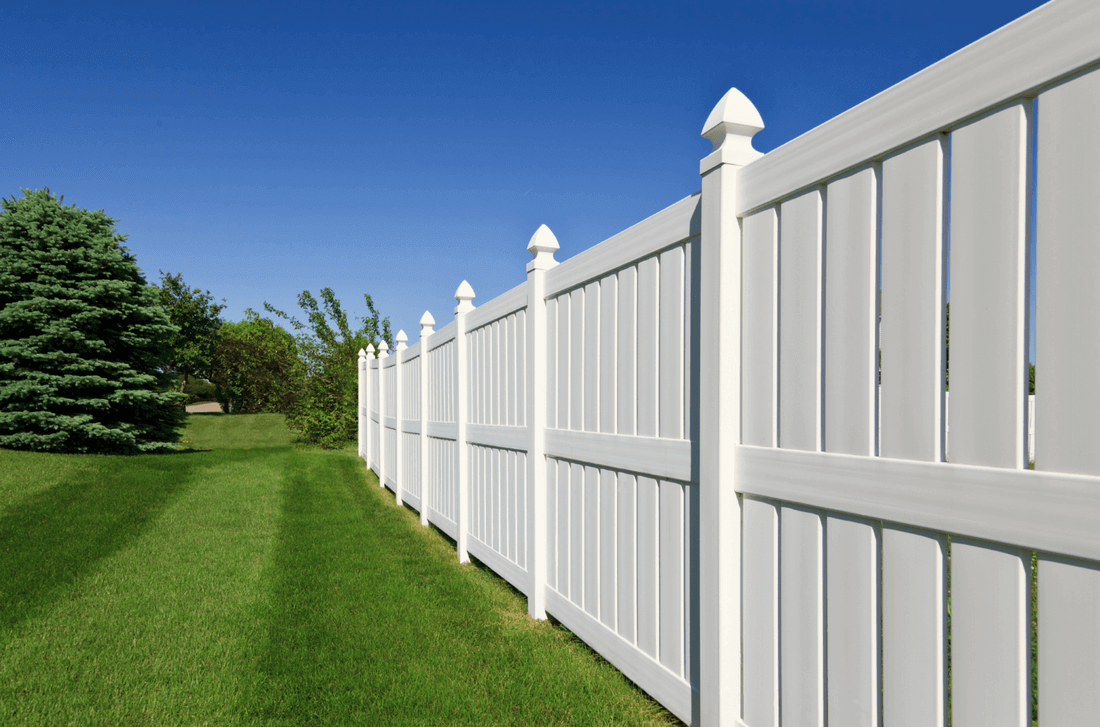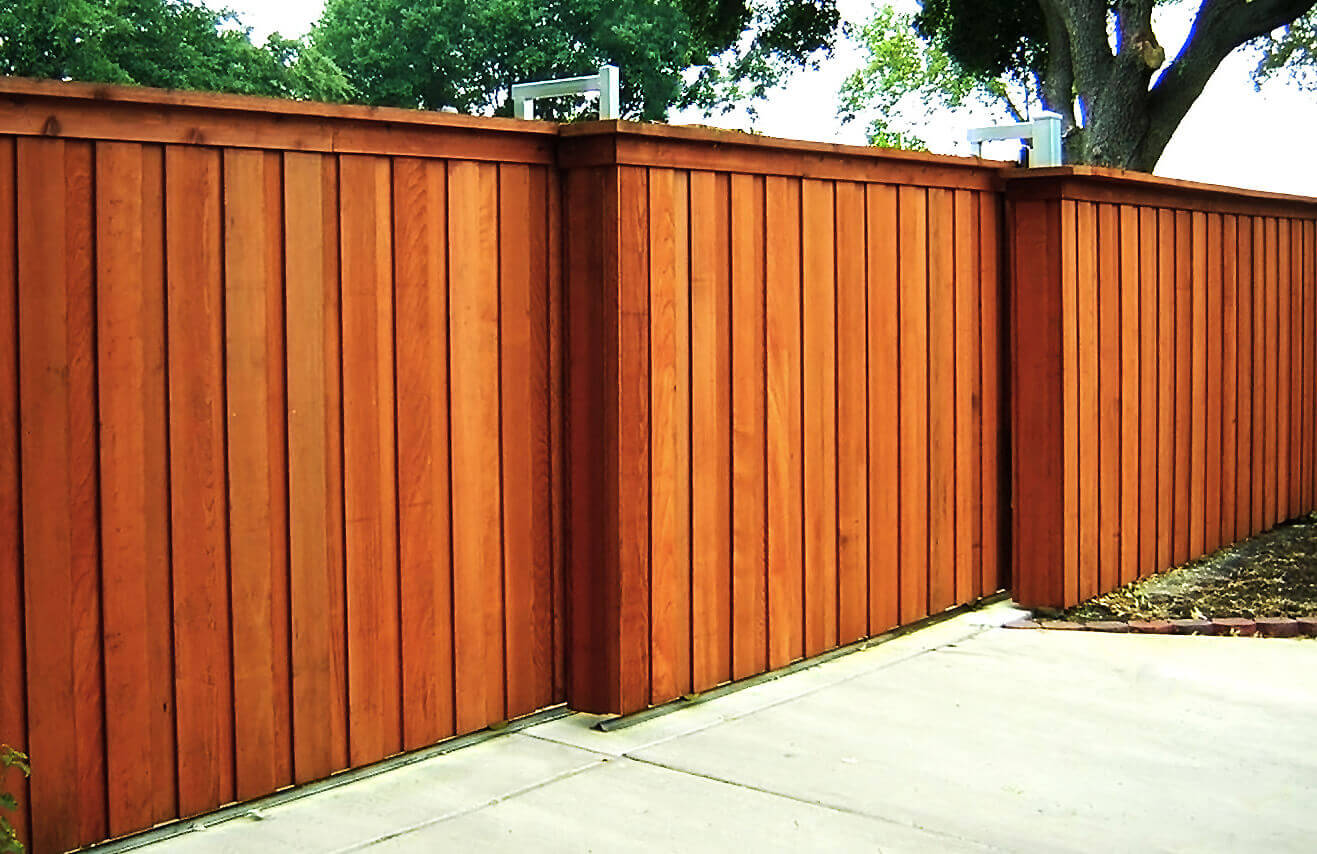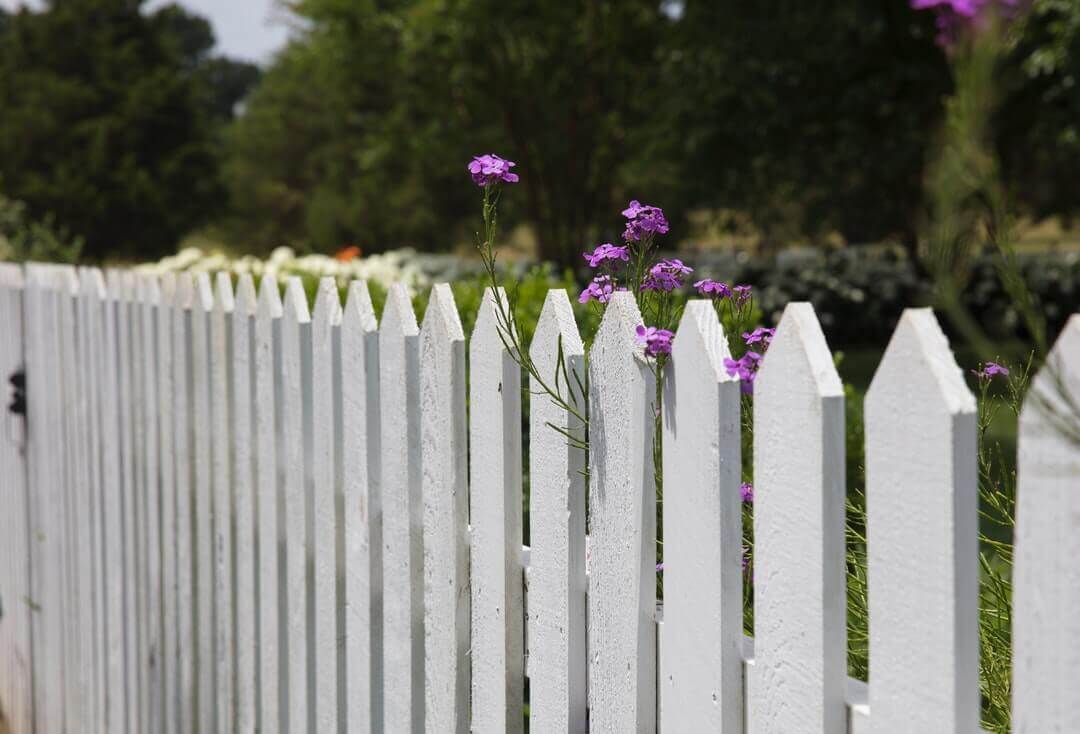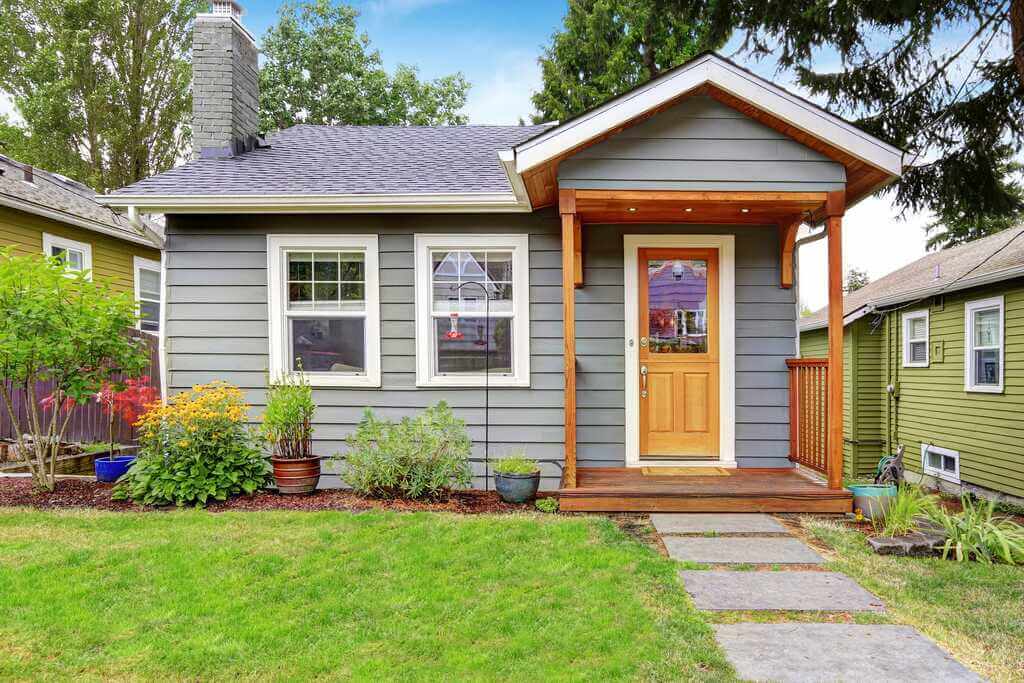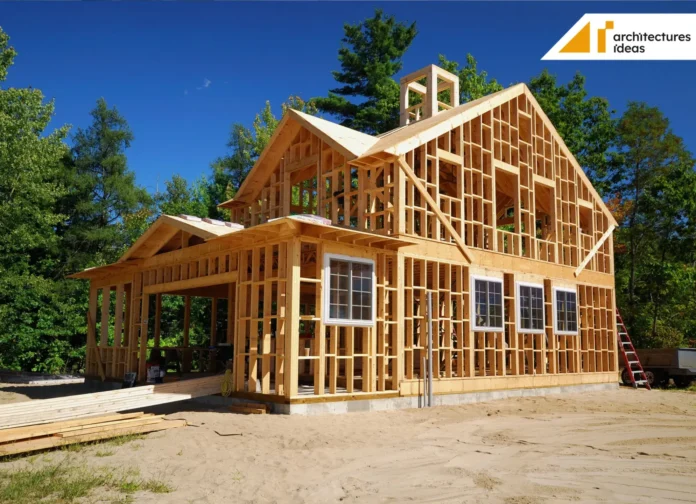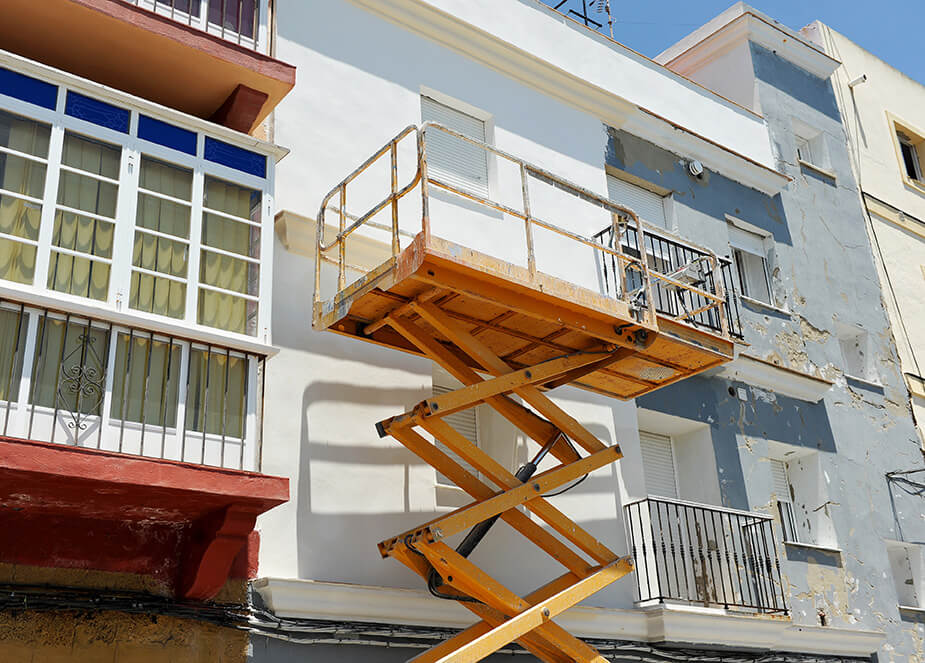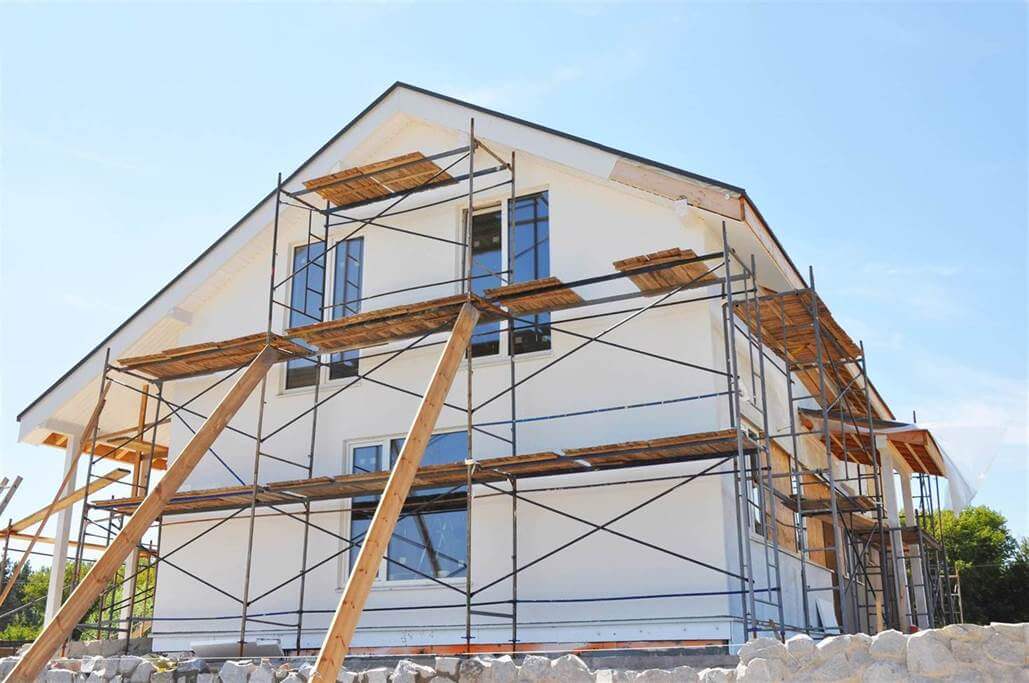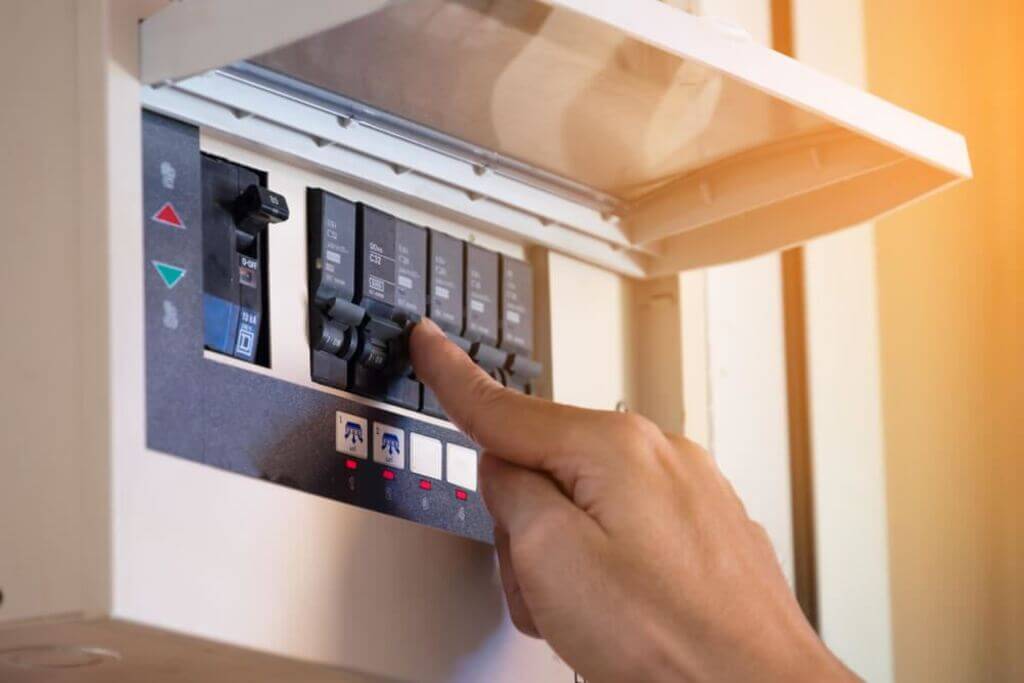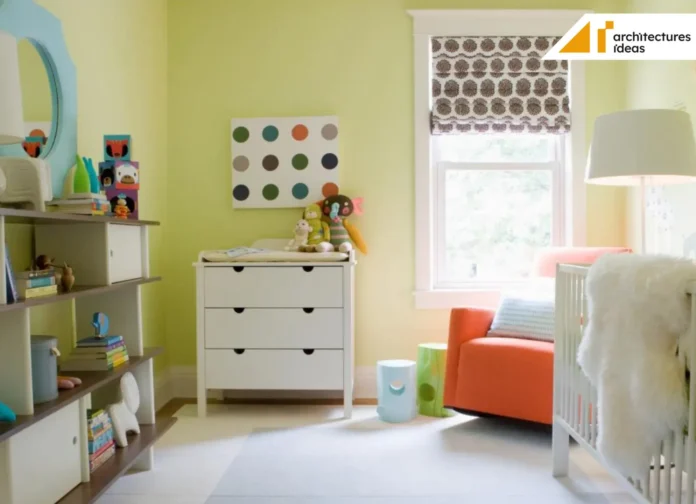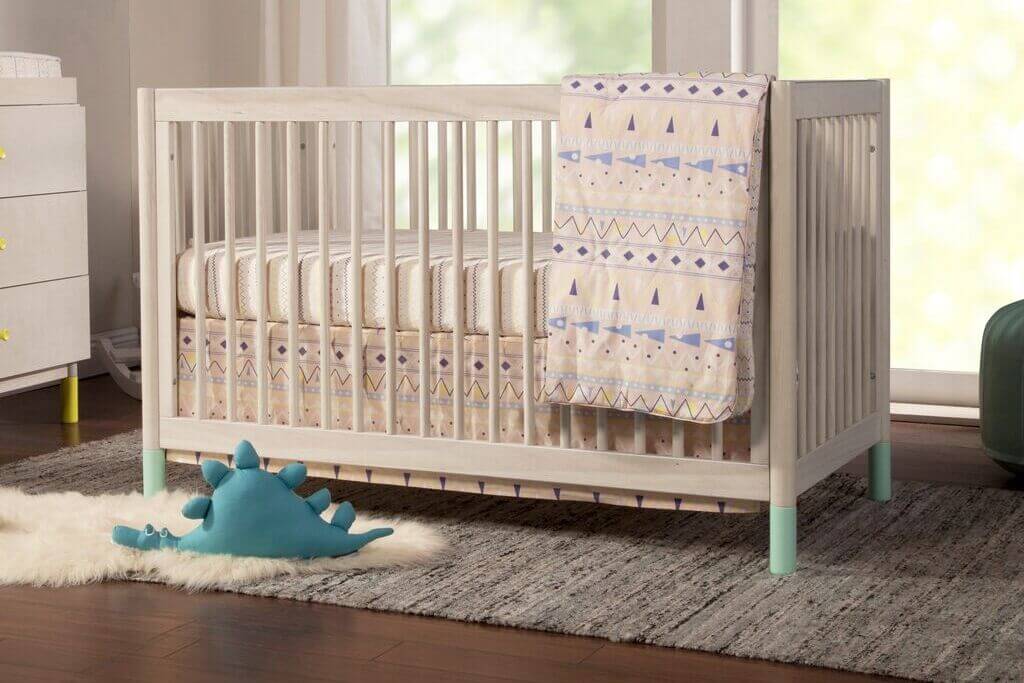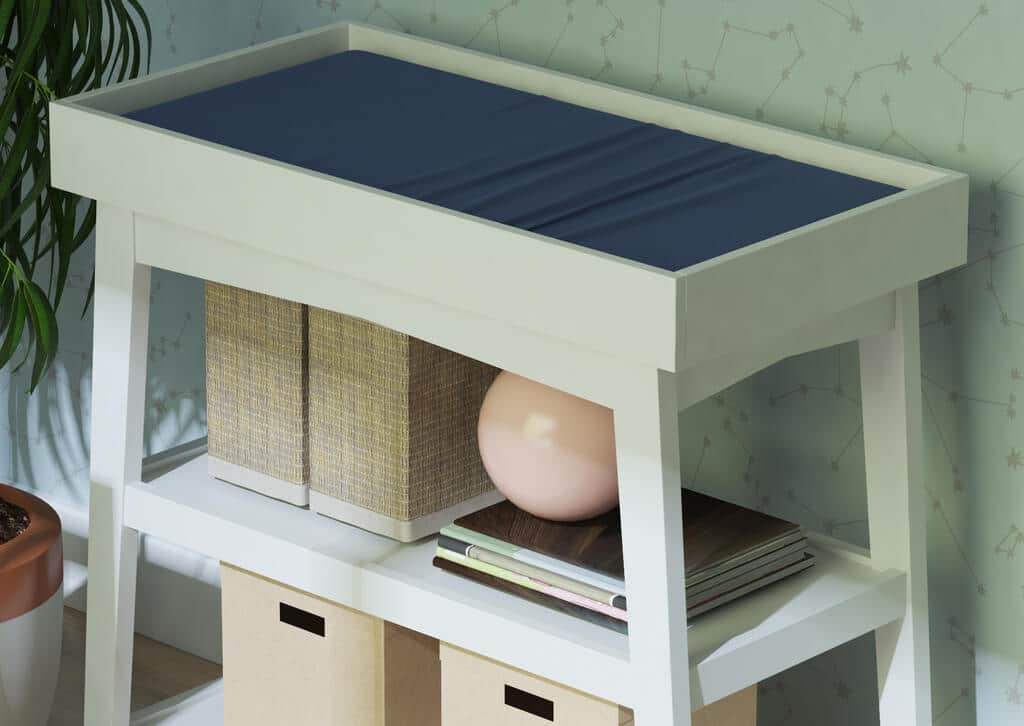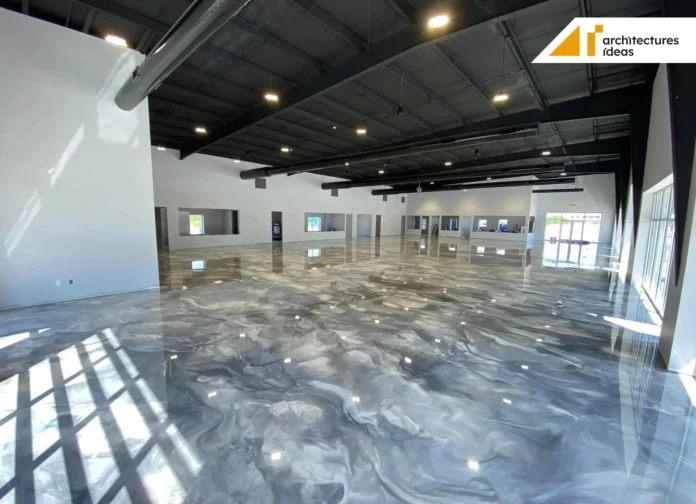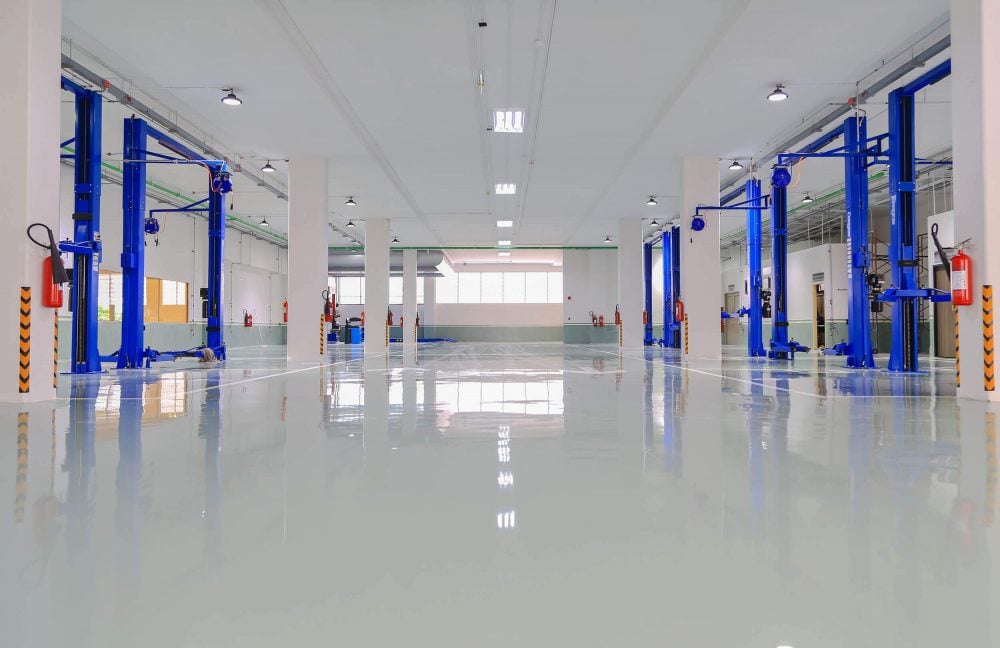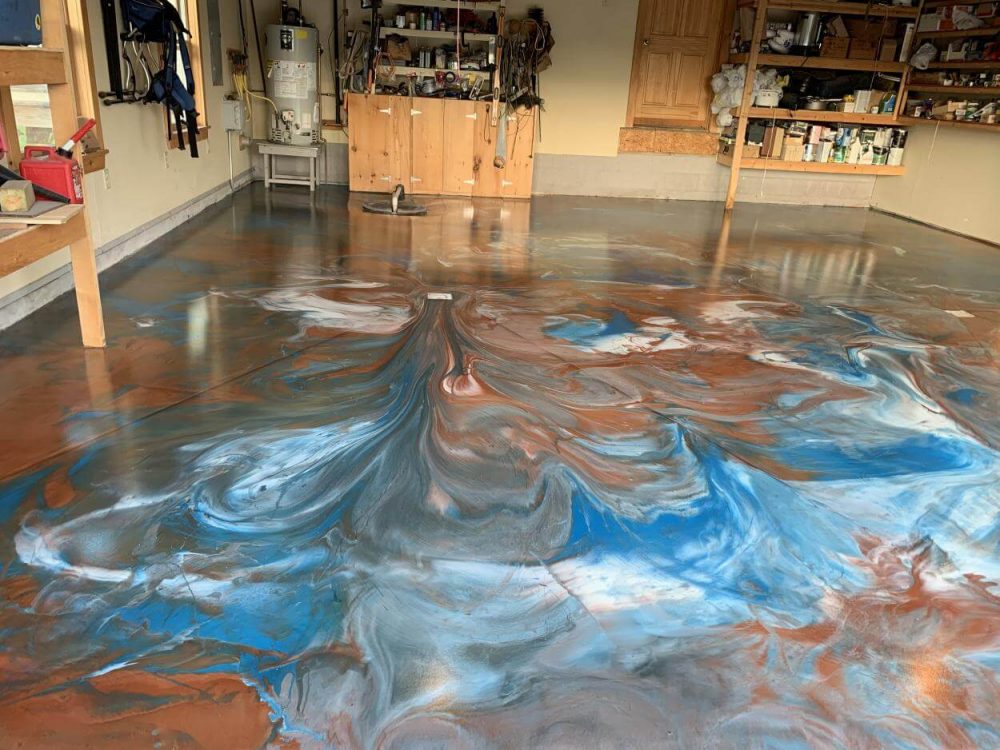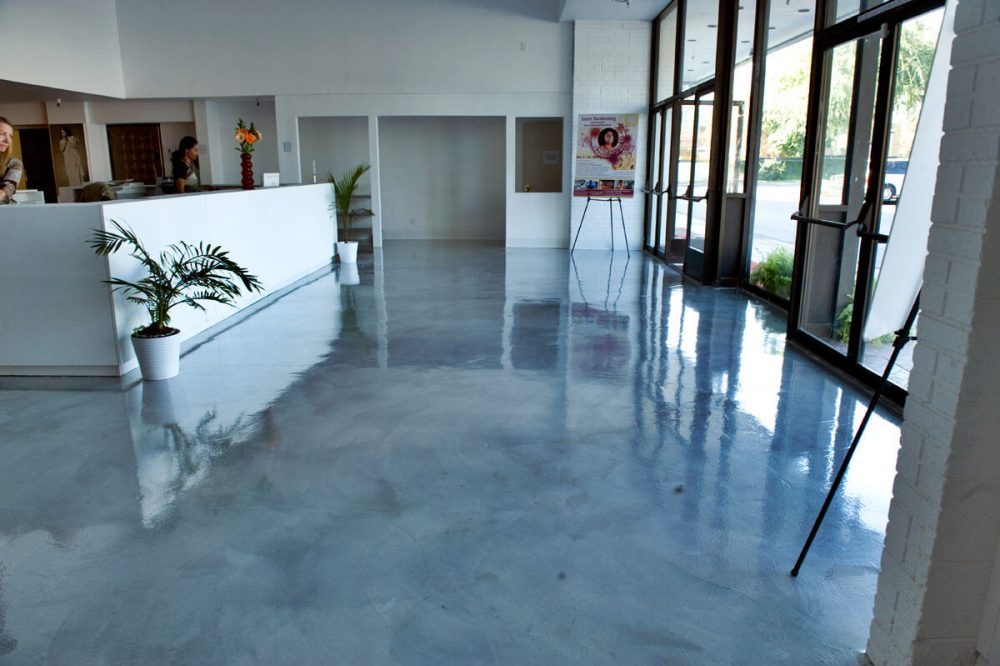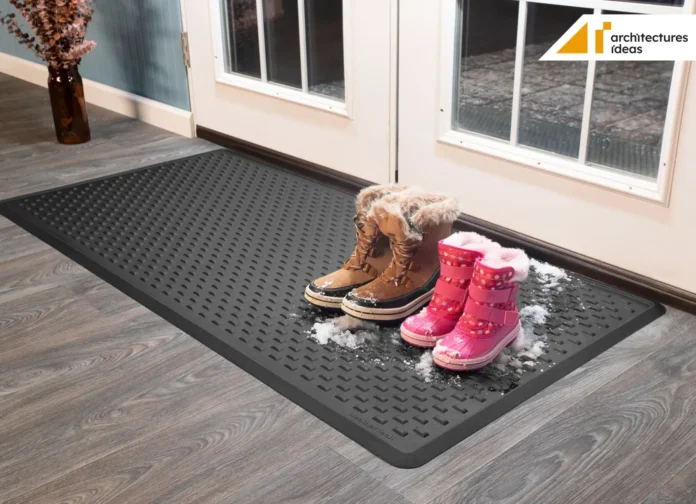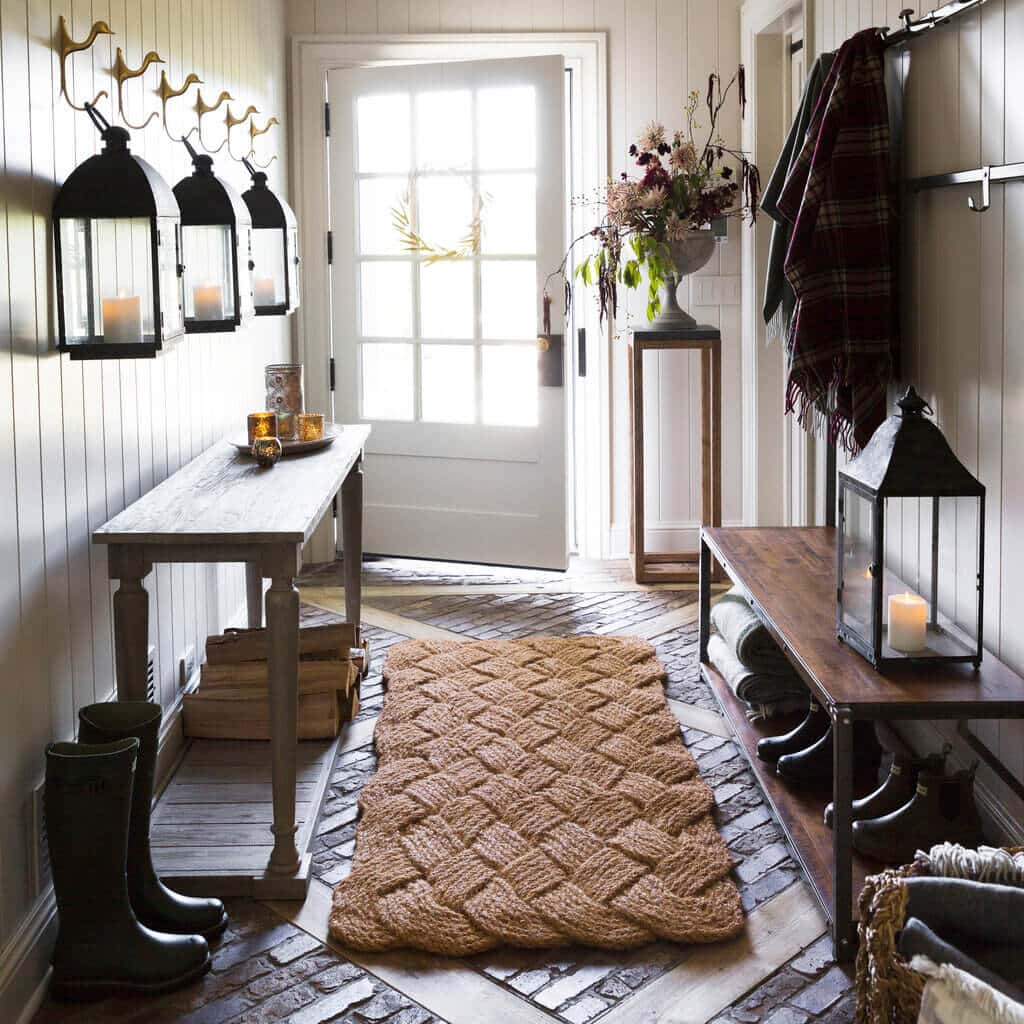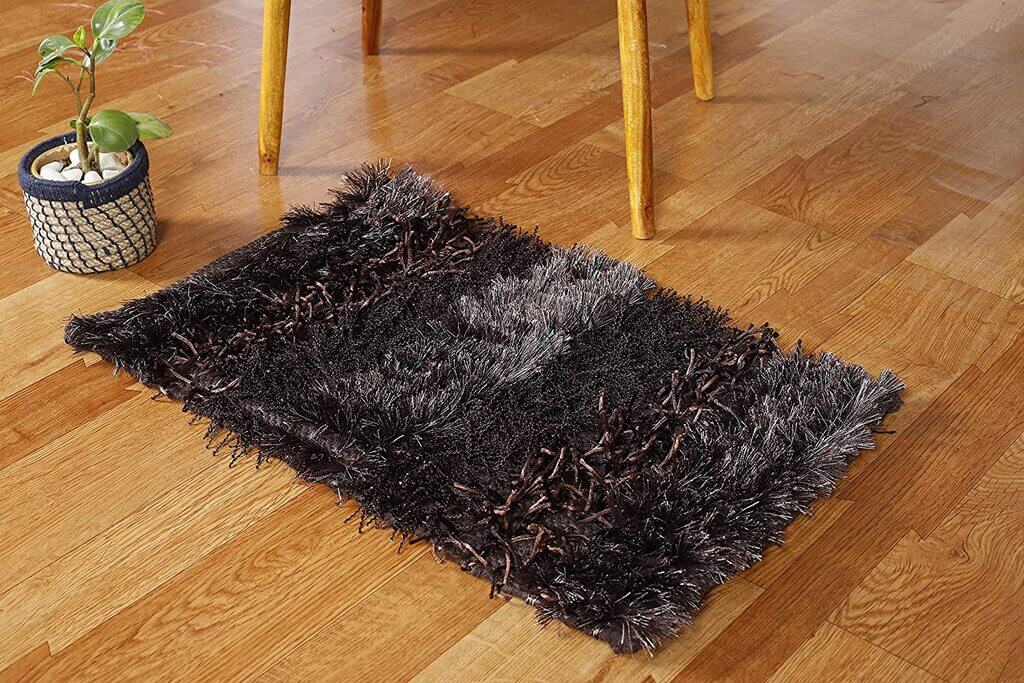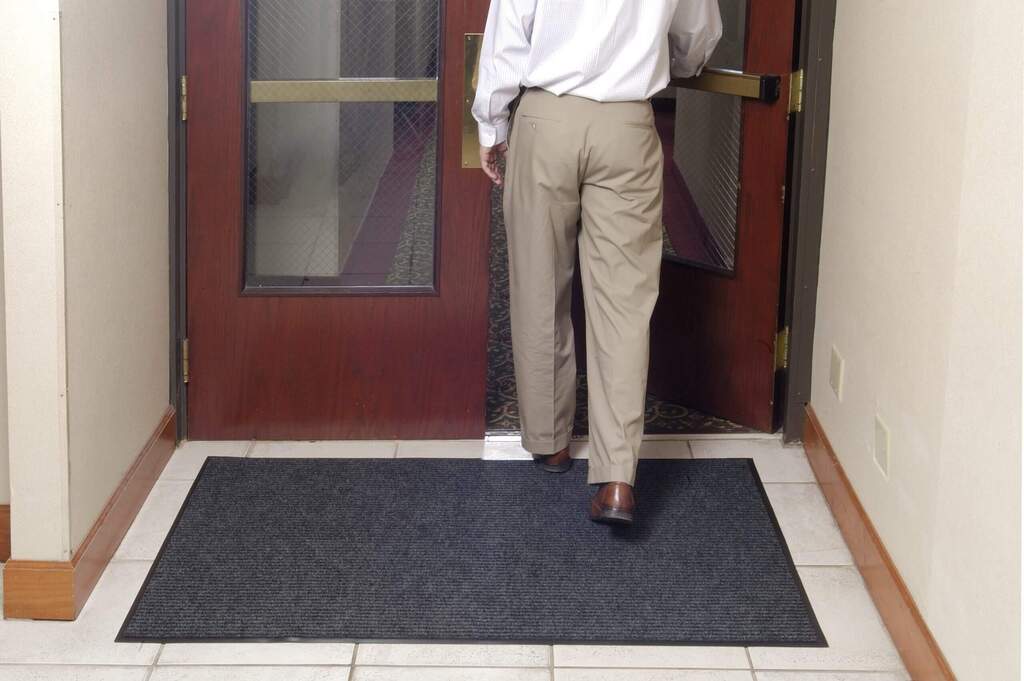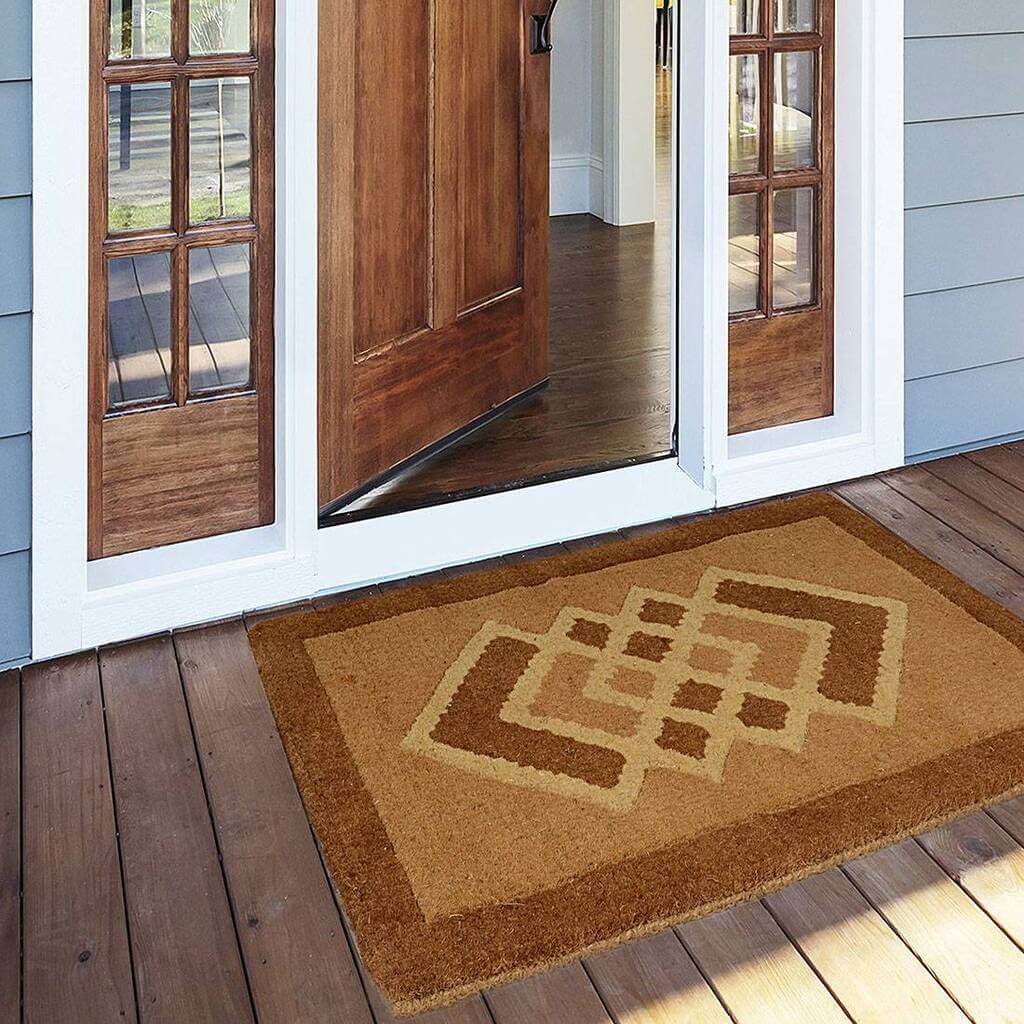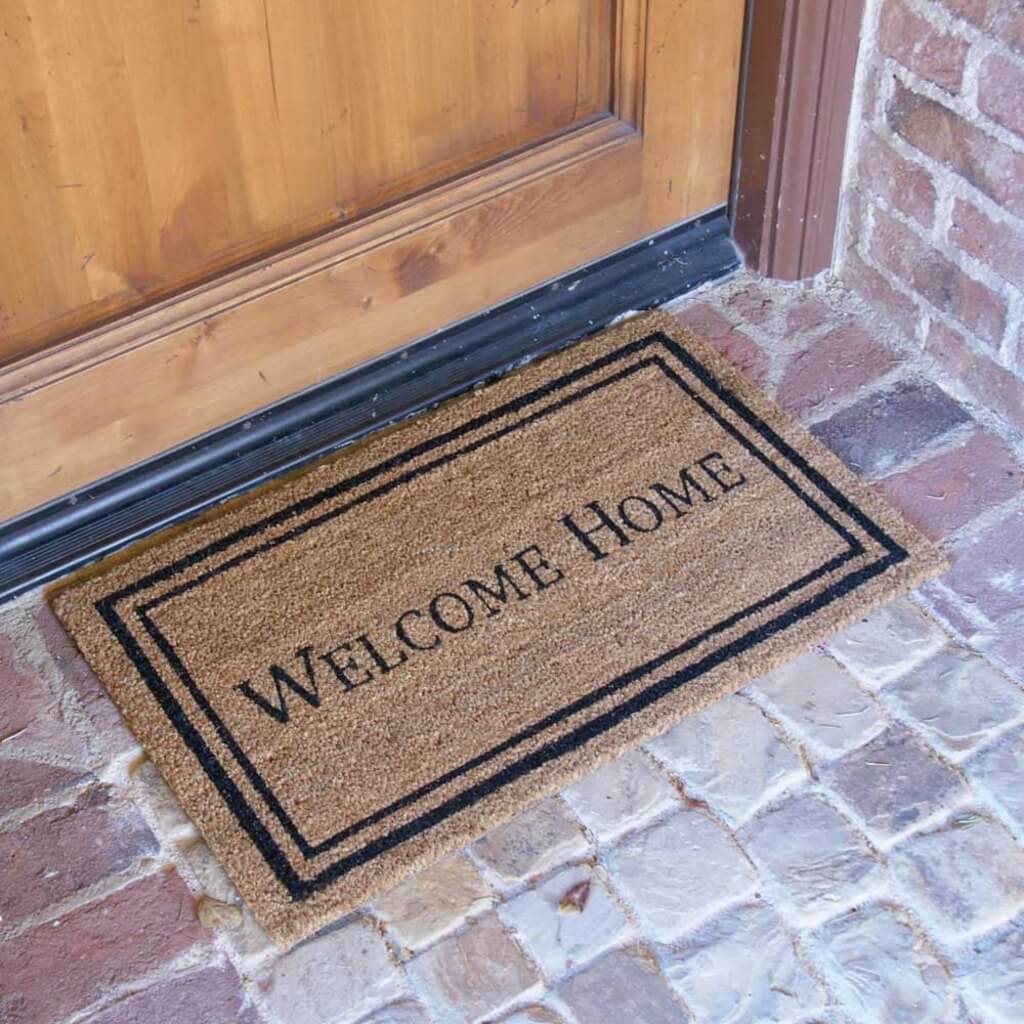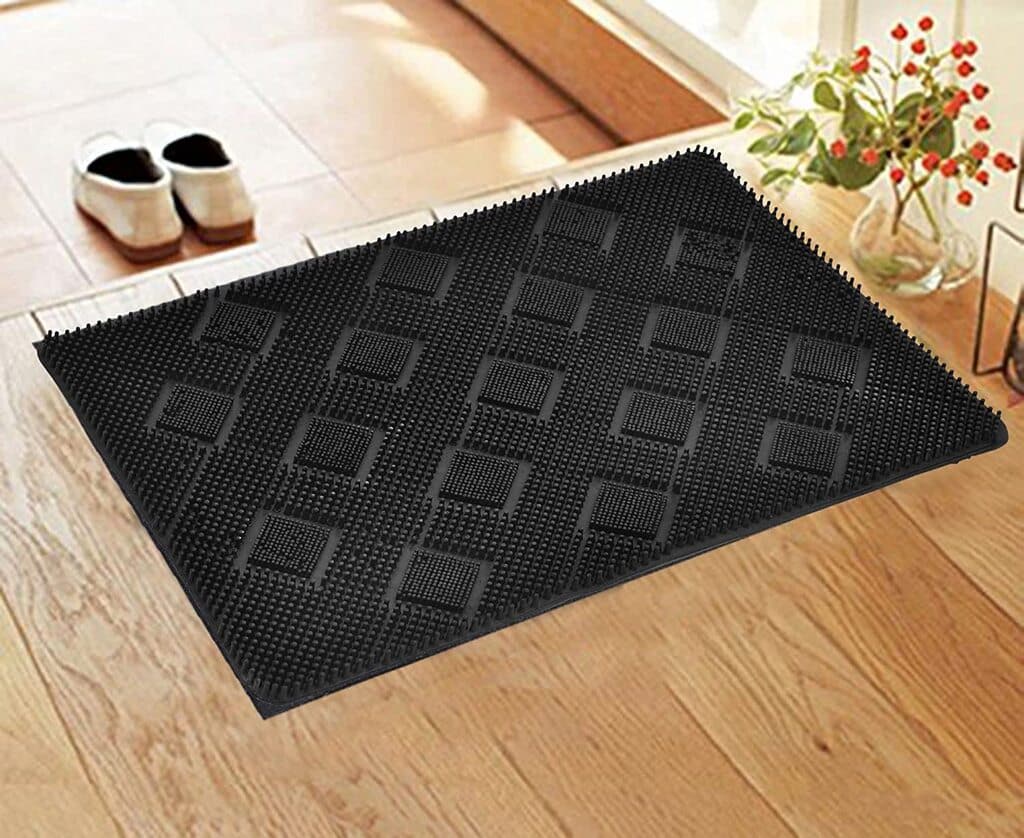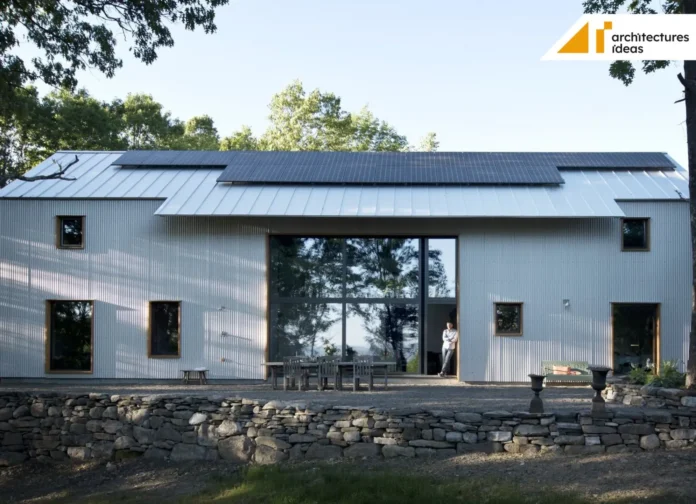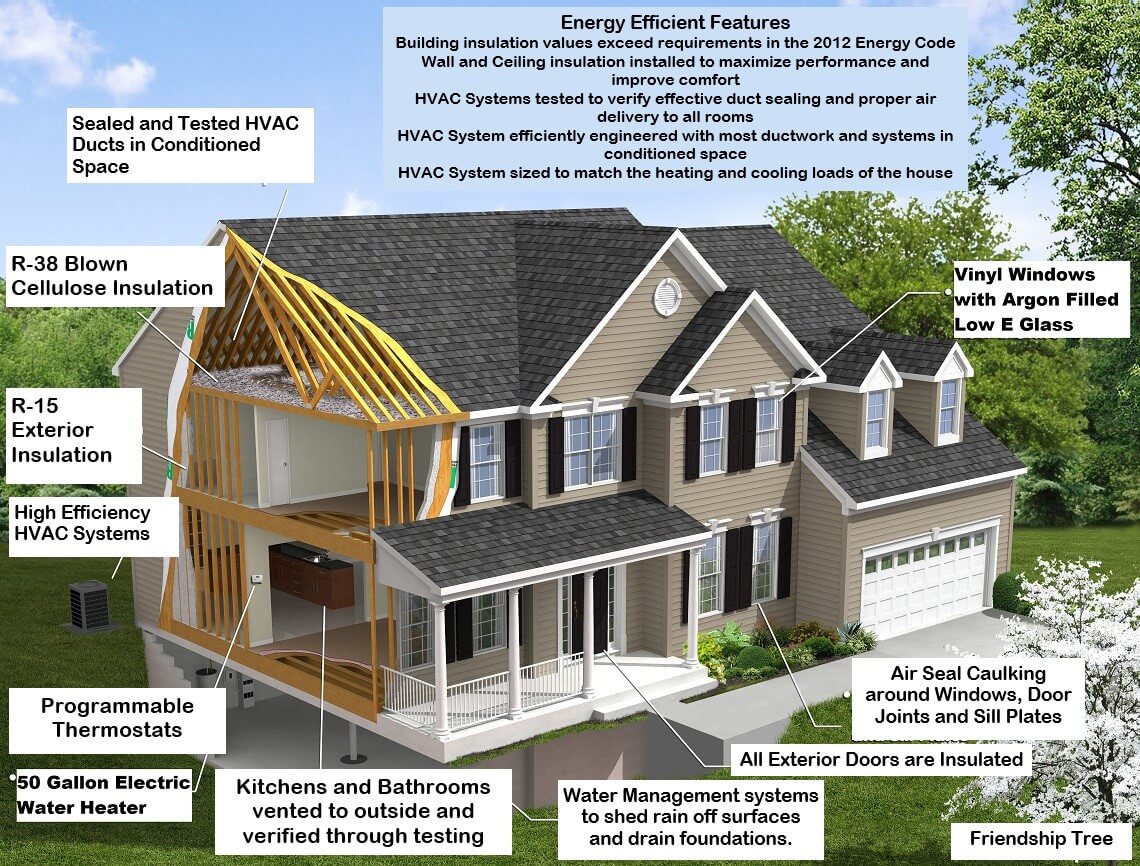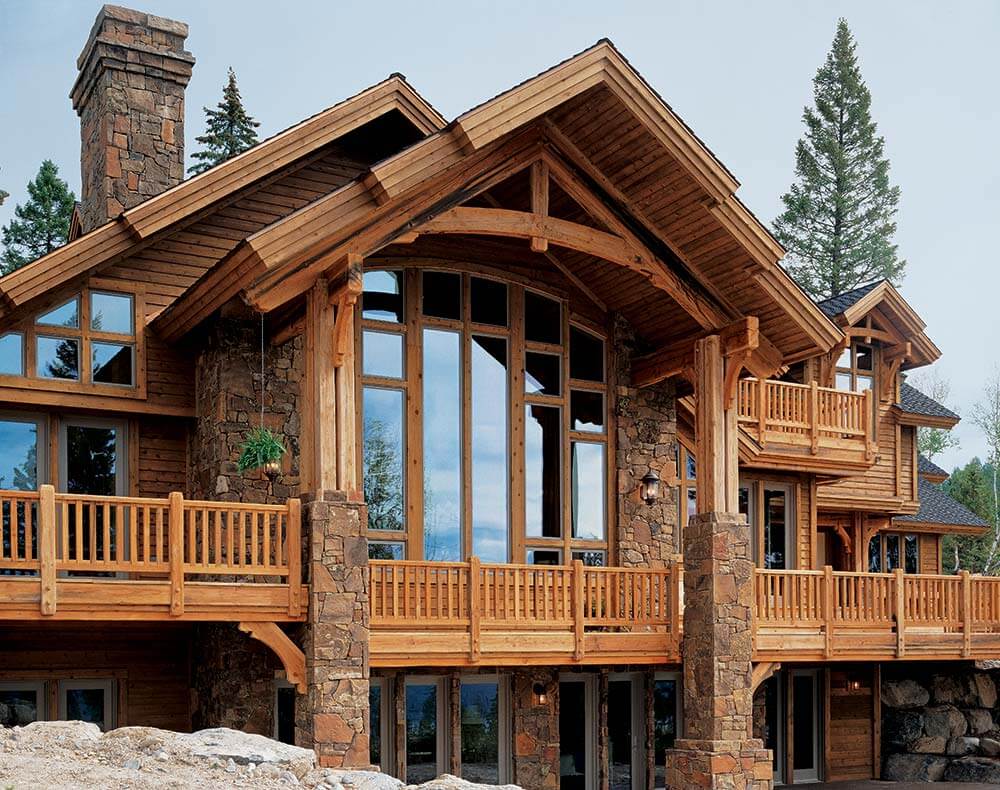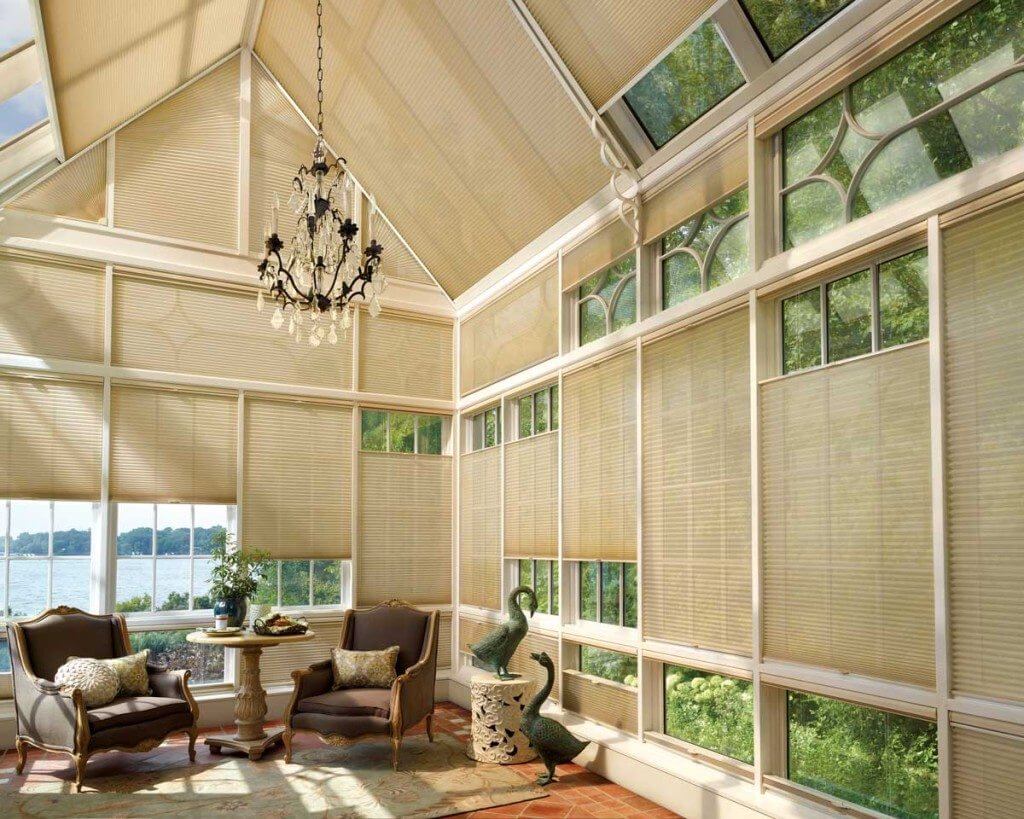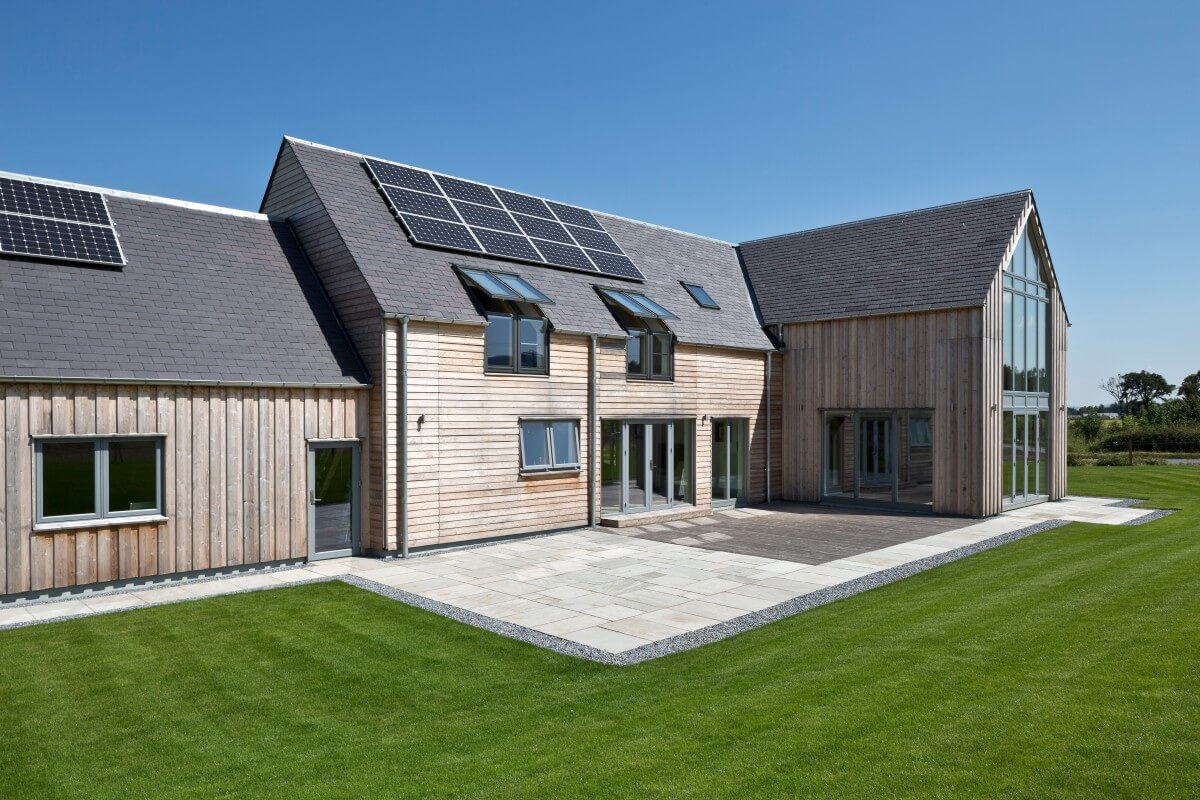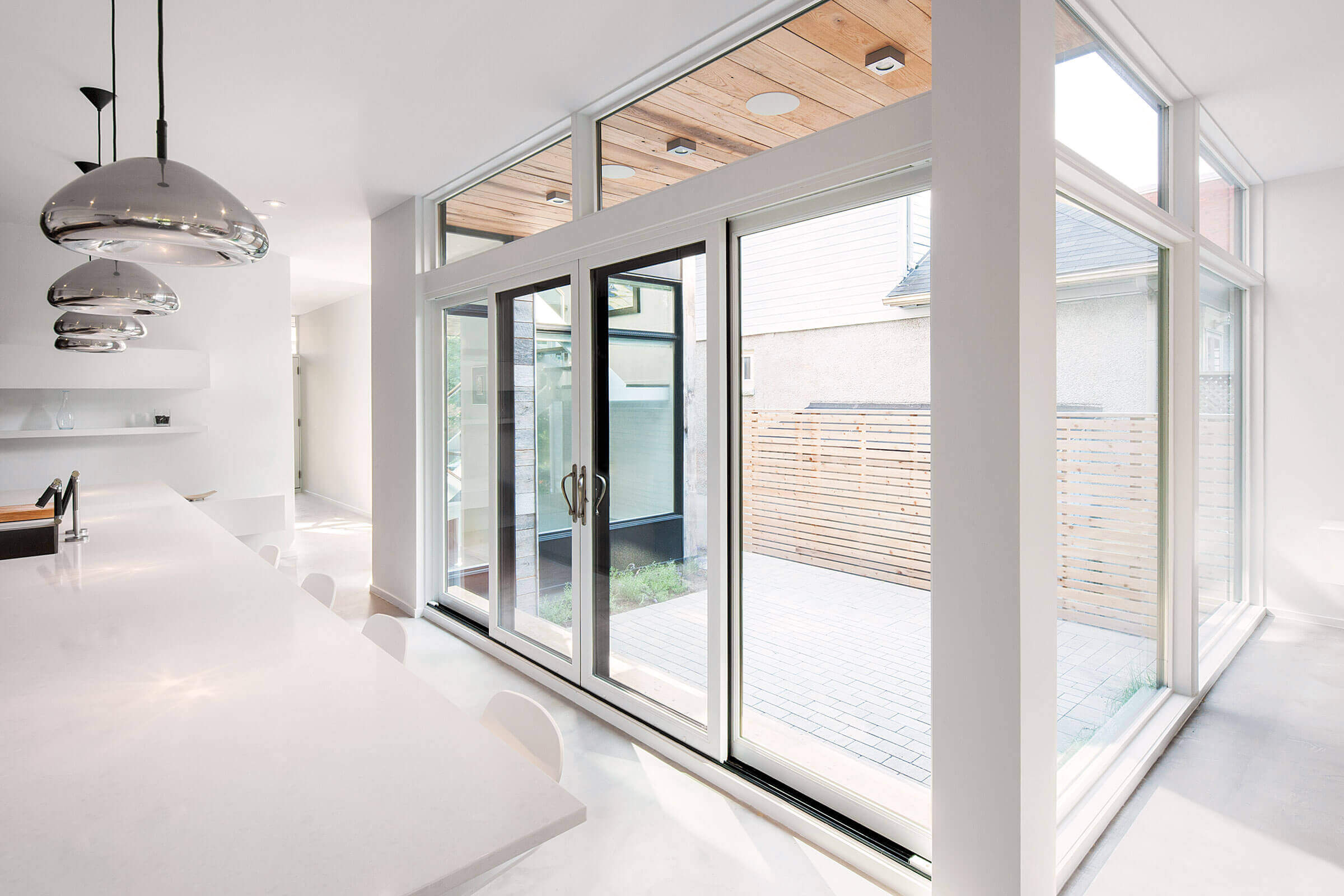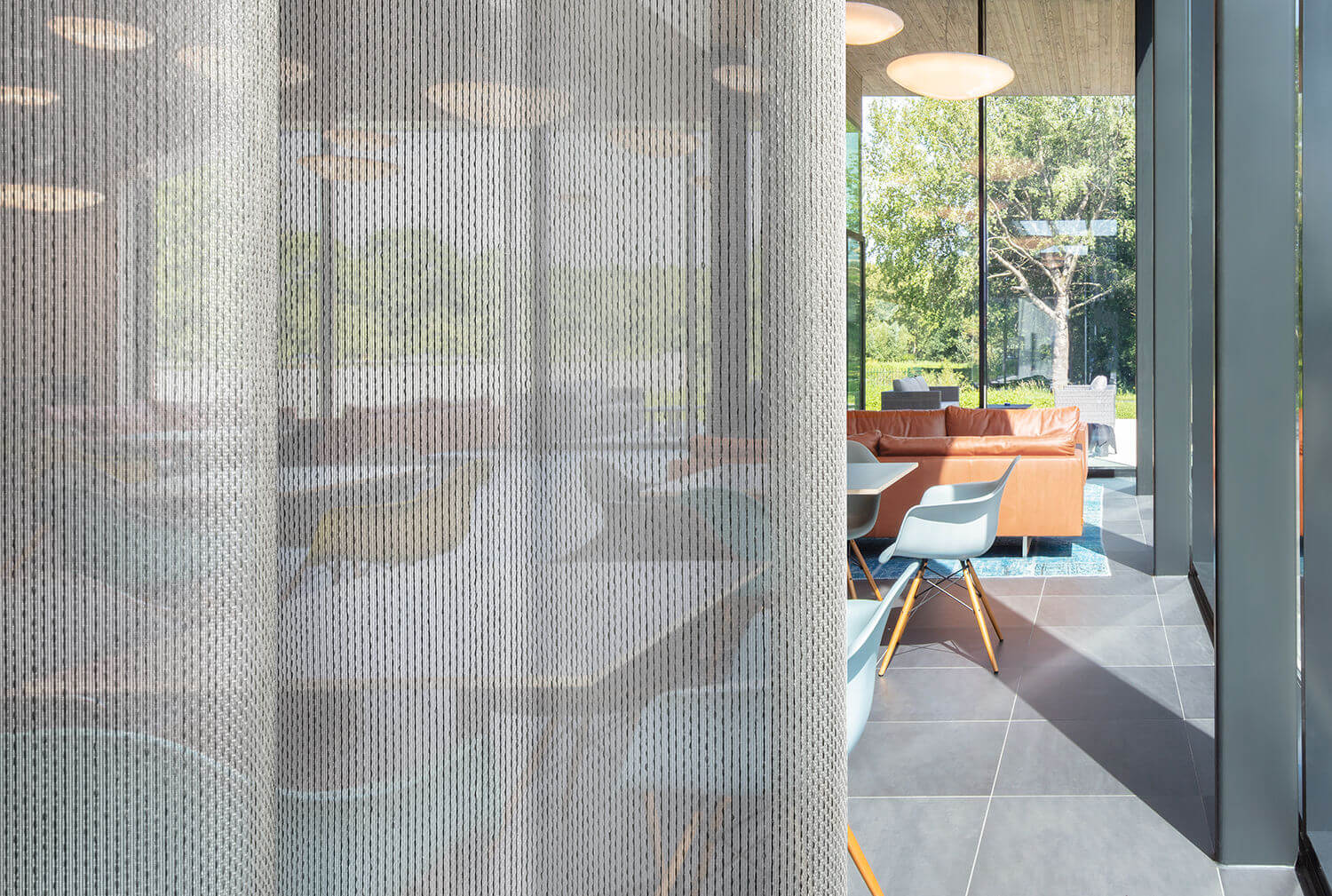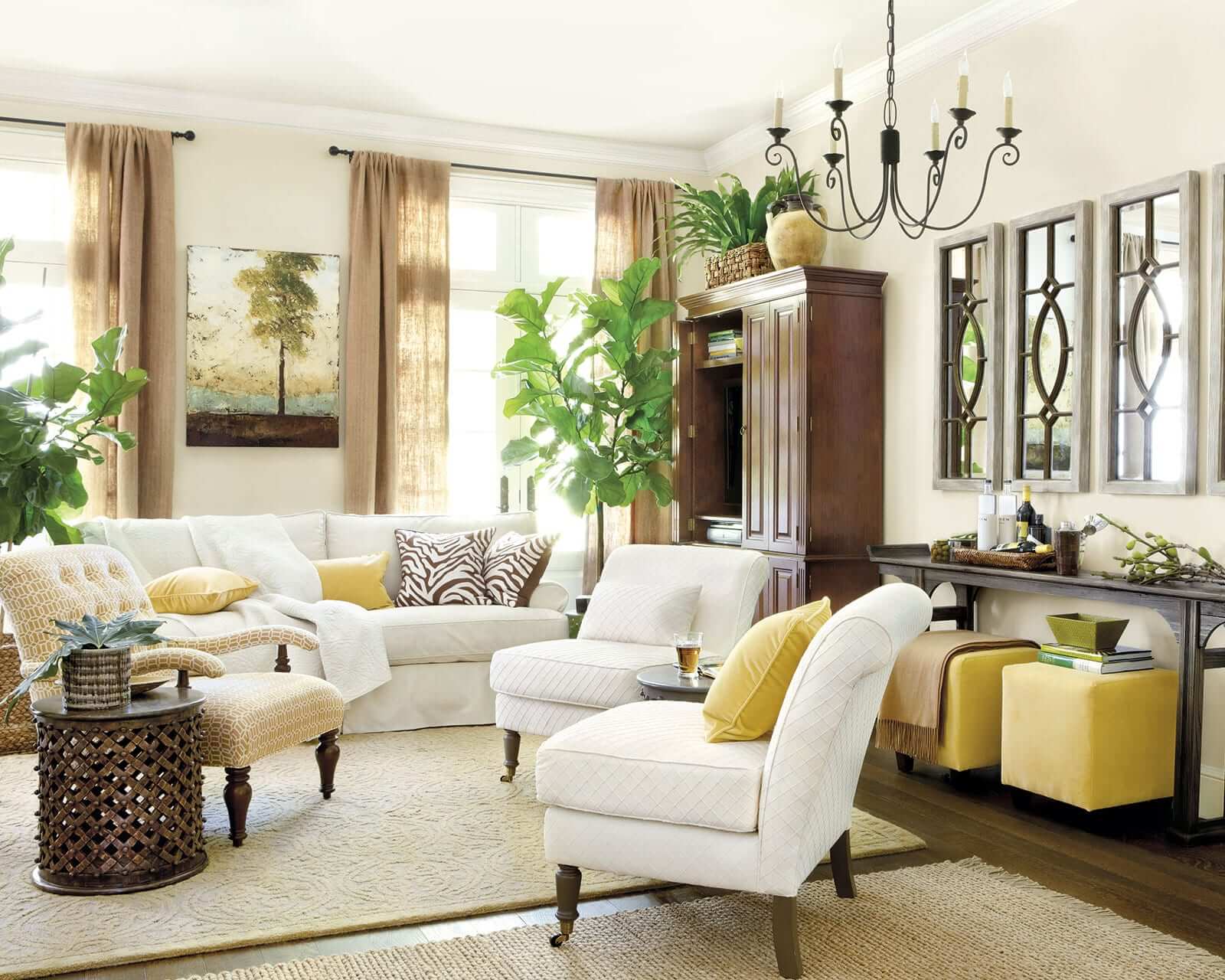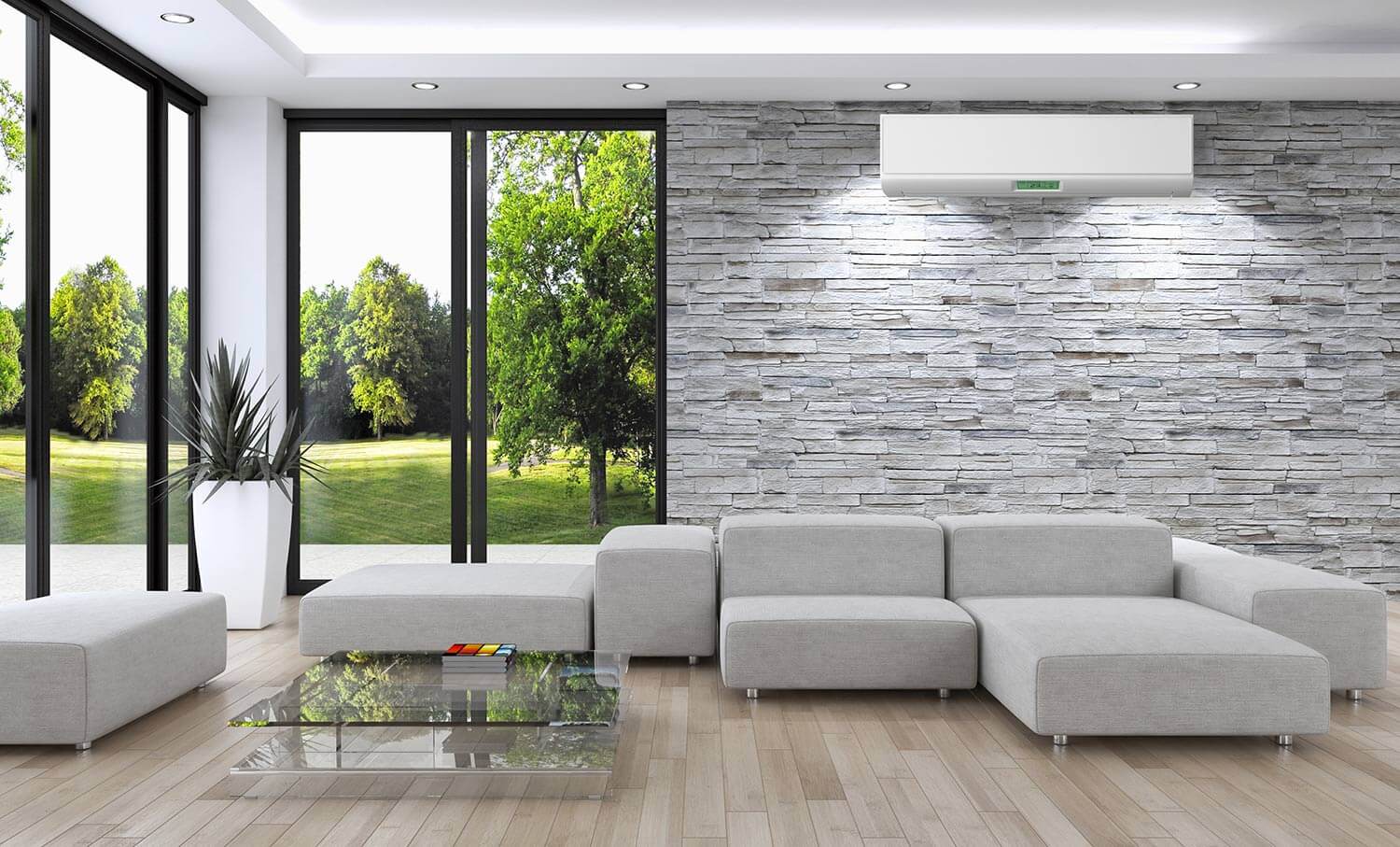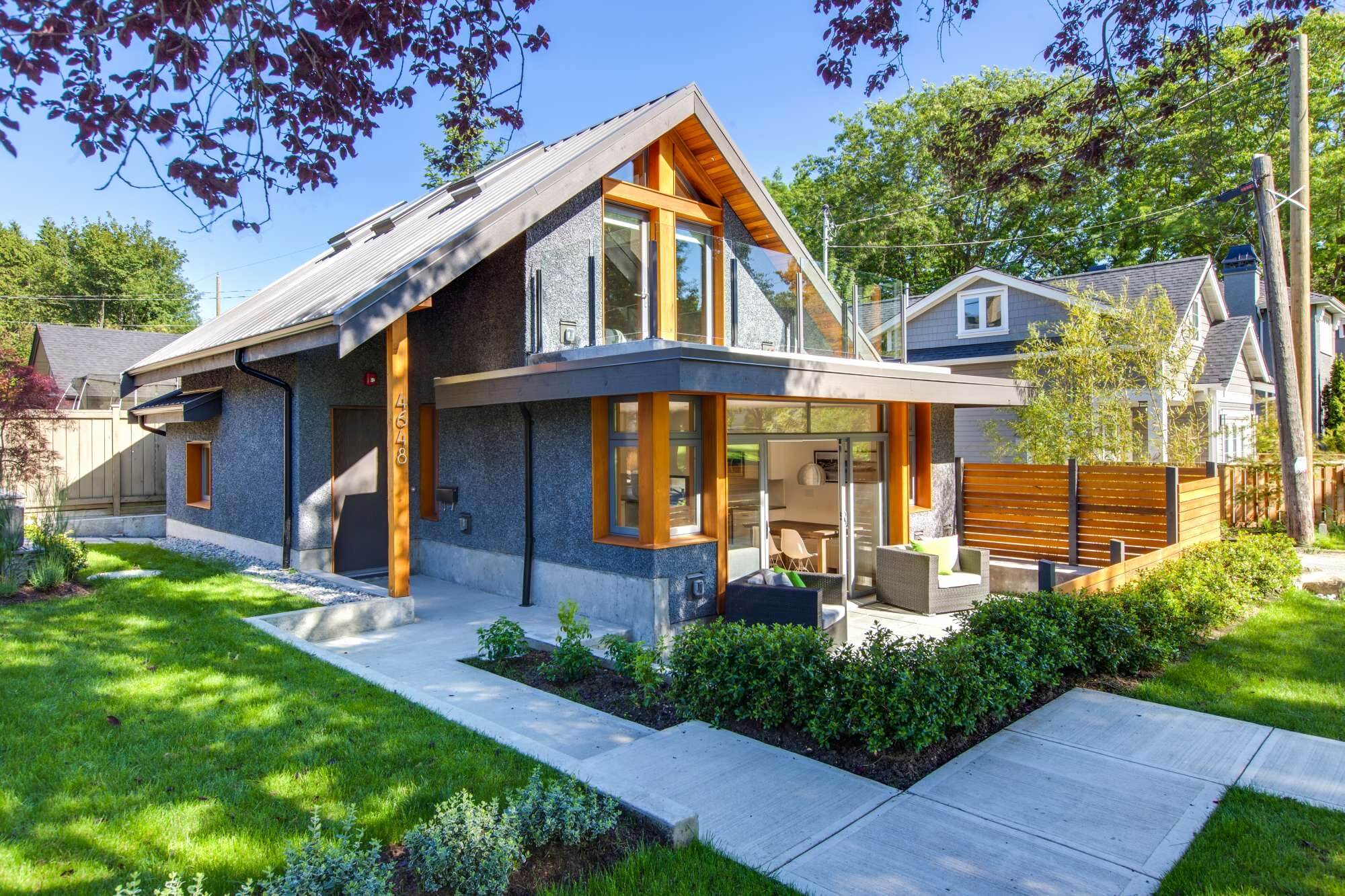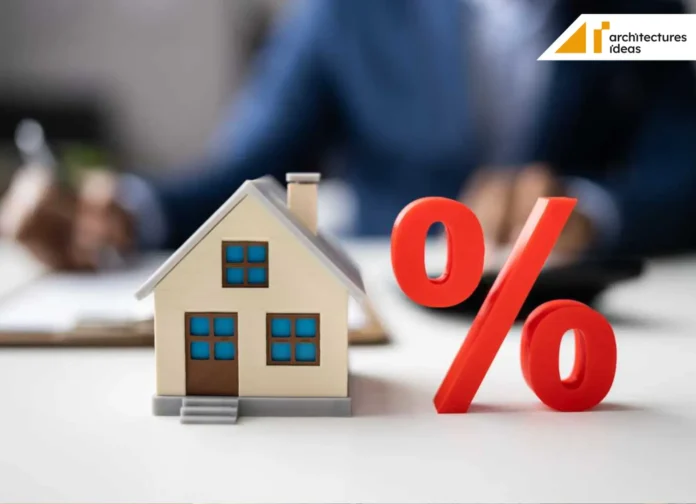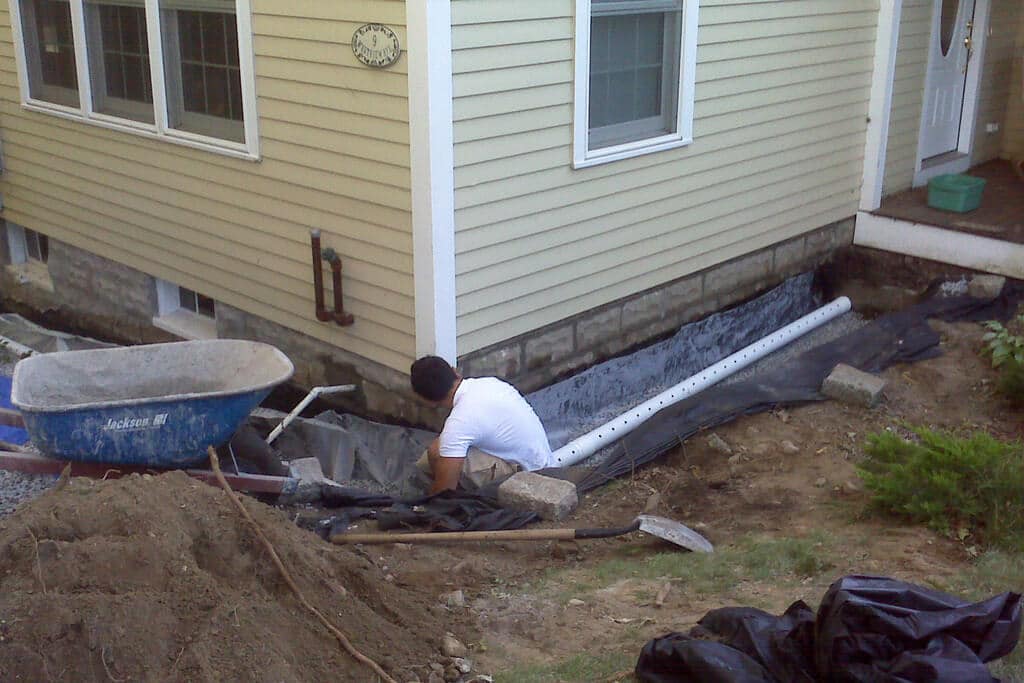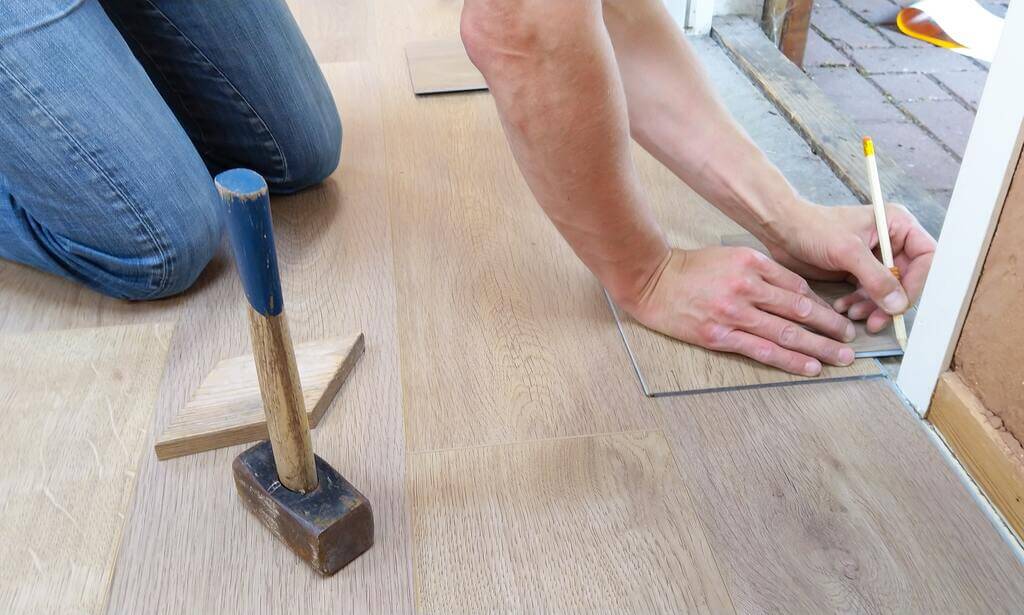The bedroom is one of the most important spaces in Feng Shui, as it’s where you spend a significant portion of your life resting and recharging. Good Feng Shui in the bedroom can promote better sleep, stronger relationships, and overall well-being. By arranging your furniture thoughtfully, choosing calming colors, and minimizing clutter, you can create a harmonious environment that encourages relaxation and positive energy flow. This guide explores what makes a Feng Shui bedroom and shares practical tips and ideas to help you design a restful, balanced space according to Feng Shui principles
What is a Feng Shui Bedroom?
When decorating your new bedroom, care should be taken to arrange it in a manner that follows the Feng Shui principles. There are a few things that you can do to achieve this:
- Never have a bed in the middle of the room, and paint your walls with distinct colors
- Position your furniture in your bedroom in such a way that it does not hamper your sleep
- Have equal space for sleeping when choosing a double bed for a warm and cozy sleep for you and your partner.
- Do not include lots of mirrors in your bedroom
- Place a rug on the ground to make it look grander in scale
- Never store things under the bed, as it can harm your sleeping pattern
- Make your bed regularly
- Always practice opening the blinds of your bedroom regularly
- Select neutral colors in your bedroom
- Always have the bedroom away from the bathroom space
Now that we have looked at the definition of a Feng Shui bedroom, let us focus on the easy ways to Feng Shui your bedroom in the next section.
Feng Shui Bedroom Ideas
1. Choose a Solid Headboard

A headboard is an important symbol in the bedroom as it provides a supportive and stable feeling when you sleep. In Feng Shui, we emphasize the importance of having mountain energy behind you when you sleep as this affects your subconscious mind allowing you to feel that you have support in your life. It is best to have a headboard that reaches above your head when sitting up in your bed.
Your bed’s headboard should be placed against the wall since your solid wall will provide strong protection and support. However, there shouldn’t be any windows above it since glass windows are transparent and won’t give you enough support or protection. You can also get these japanese bedroom design ideas.
Also, see that your headboard won’t share a wall with a toilet or stove on the other side. Know that the energy from the toilet or stove may affect your overall health and well-being. All in all, a solid headboard is one of the best Feng Shui bedroom ideas that you will ever receive from someone.
2. Place Your Bed in the “Command” Position
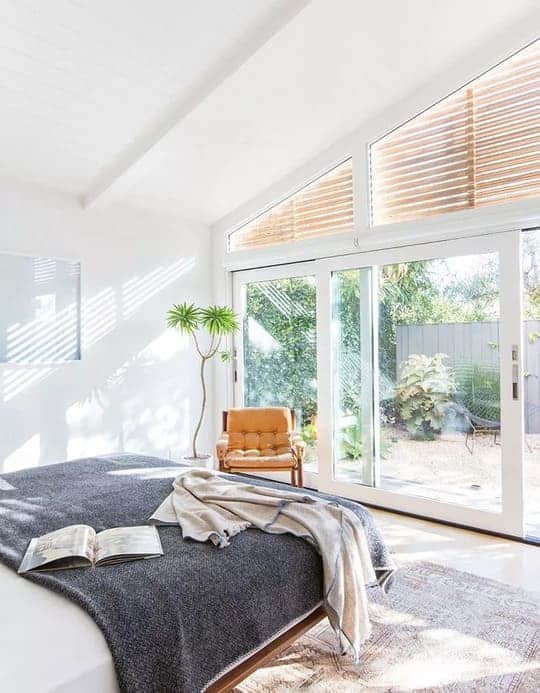
A very important Feng Shui principle to encourage better sleep is to ensure the bed is placed in the “command” position in the bedroom. In the command position, your bed should be in a position where you can see the door but where it’s not directly in line with the door. The bed should not be placed under the window if it can be avoided. The bed shouldn’t be placed in a corner, or else you and your partner will feel trapped.
It’s not just about where you sleep; it’s about how you sleep. Correctly positioning your bed is vital to creating good Feng Shui energy in your bedroom. But don’t worry; you don’t need to be a geometry wizard to figure it out. Remember to put it diagonally opposite the door, against a solid wall, and you’ll sleep like a Feng Shui king or queen.
3. Decide on the Ideal Bed Size

The bed size you choose is an important Feng Shui element for the type of relationship you’d like to manifest. Single beds are good for people who do not actively want to manifest a relationship. For couples wishing for a healthy relationship, avoid king beds where two single beds are pushed together, signaling a divide in your relationship. Instead, invest in a queen or full-sized bed.
4. Choose Calming Colors

Feng Shui bedroom colors always call for calming colors to help promote sleep and restfulness. Opt for soft, natural colors such as off-white, light brown, or clay yellow. Avoid bright colors and red, which can be too stimulating and intense.
Choose soft, muted colors for your bedroom walls and decor, such as pastels or neutral shades, to create a calming atmosphere.
5. Avoid Mirrors in the Bedroom
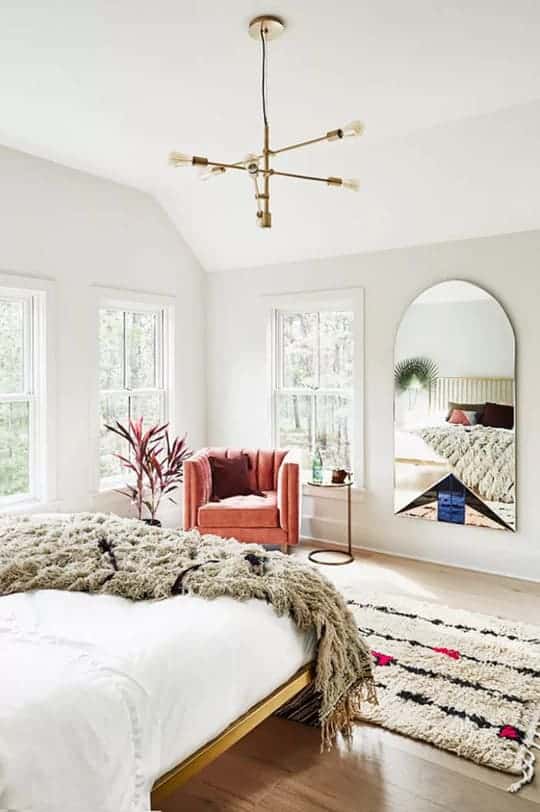
While Feng Shui mirrors can be associated with luck and prosperity in other rooms, mirrors can cause conflicting energy in the Feng Shui bedroom mirror. Mirrors reflect energy around the bedroom while you’re sleeping, so they should be placed so that you’re not able to see yourself when you’re in bed or getting in and out of bed.
6. Remove Distractions from Your Bedroom
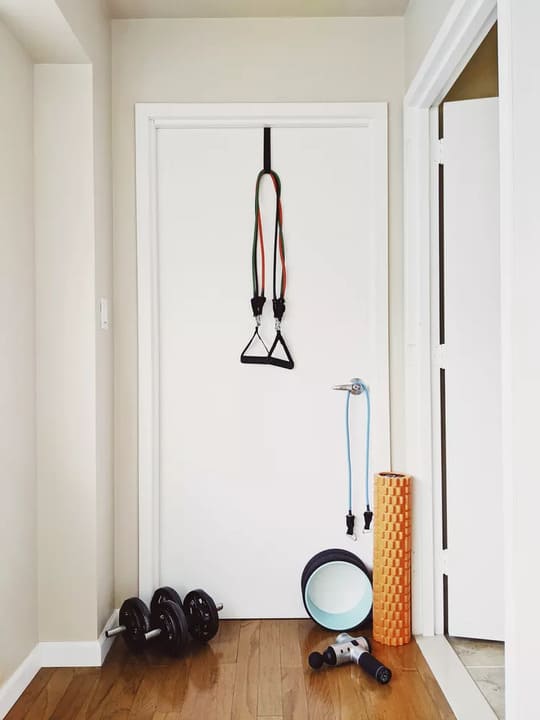
To fully embrace restfulness in the bedroom, you’ll need to keep electronics such as TVs, desks, and exercise equipment outside the bedroom. These added distractions would affect whether you can set a Feng Shui intention for quality sleep.
7. Ensure Adequate Bedroom Ventilation
When practicing Feng Shui, it’s important to clear old and stagnant energy. Ensure you have adequate ventilation in the bedroom to eliminate the old energy by letting in the fresh air as much as possible. Opening the blinds first thing in the morning lets the energetic vibes in.
8. Harness the Use of Crystals
To help with sleep, certain crystals, such as amethyst, promote relaxation and peace in the best Feng Shui bedroom. The amethyst can be placed on the bedside table, or a small amethyst can be placed under your pillow for deeper and more energizing sleep.
9. Close the Doors in Your Bedroom
In Feng Shui, it’s important to keep positive energy inside the bedroom. Close your bedroom door, closet and bathroom doors to ensure the optimal flow of nourishing and healing energy. This also helps to improve your health and strengthen your relationships.
10. Open Windows
Whenever possible, open windows to allow fresh, natural air into the bedroom. This will help promote a feeling of tranquility and relaxation.
11. Bedding
Did you know that the colors and materials of your bedding can significantly affect your energy levels and overall well-being? That’s right; your sheets have the power to turn you into a zen master or a hot mess. So, choose natural fibers and calming colors like blues, greens, and earth tones, and avoid bold patterns or bright colors that can be too stimulating and energizing.
12. Clutter-Free Space

If your bedroom is a cluttered mess, your Feng Shui is in distress. After all, a tidy and organized room promotes calmness and relaxation, and who doesn’t want to feel relaxed in bed? So, do not store items under your bed unless you want to feel like sleeping in a storage unit, and start decluttering like Marie Kondo on a mission.
13. Lighting

Lighting can set the mood for your bedroom, so it’s important to get it right. A mix of natural and artificial lighting can create a cozy and relaxing ambiance, the tenets of Feng Shui. Avoid harsh or bright lighting that makes you feel like you’re under the spotlight. After all, you’re not performing in a Broadway show; you’re just trying to get some beauty sleep.
14. Choose the Right Artwork for Your Bedroom

The wall you see when you wake up is considered one of the most important walls in Feng Shui for you to manifest or tap into your subconscious mind and create your desired reality. In Feng Shui, we tap into the idea that your home can be a vision board for your life. Place a piece of artwork or symbols of two items together, such as kissing birds or anything that inspires your dream partnership, especially if you are seeking a life partner.
15. Plants
If you’re looking to add some life and vitality to your bedroom, plants are a great way to do it. But not all plants are created equal when it comes to Feng Shui. Choose plants that have a calming effect, like bamboo, lavender, or jasmine. Prickly and spiky plants are a no-no since they can create negative energy.
While plants in the bedroom can have some benefits, a bedroom is generally not the space to have an excess amount of plants. Having a few potted plants such as lavender, pathos, and peace lily is a great way to incorporate plants intentionally to get the best night’s rest!
16. Scent
Who doesn’t love a good aroma? Use some essential oils or candles to set the mood and promote relaxation. Lavender and chamomile scents are like a lullaby for your nose and will have you drifting off to dreamland in no time. We will share with you the bedroom color scheme ideas to apply.
17. Height of Bedside Table
Your bedside table’s height must be lower than your headboard, and you should have one on both sides of your bed to balance the energy. Why? Since the left side represents the green dragon, while the right side represents the white tiger. Both of them have to be present to create good Feng Shui.
18. Never Hang Anything Above Your Head
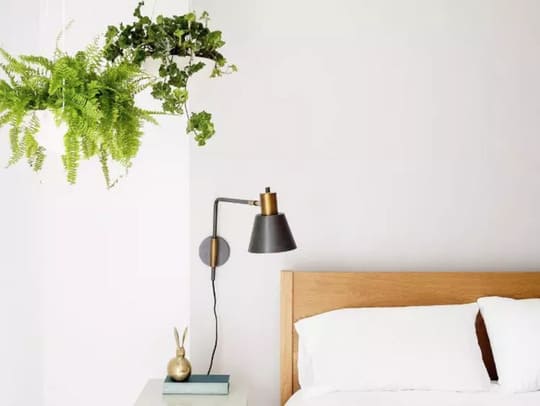
Don’t hang anything above your head, like a chandelier or even if it’s a ceiling fan. Energies generated from such items can create heavy pressure on your body. Furthermore, air conditioners on the wall above your headboard will also create tremendous pressure on your head. So are bedrooms having exposed beams on their ceiling. Thus, consider changing your bed’s position if you’re right underneath them.
19. No Aquariums Inside the Bedroom
As much as possible, there should be no aquariums inside the bedroom. There is energy generated from this water element, which could disturb the stability and tranquility inside your bedroom.
20. Create a Balance of Yin and Yang
In Feng Shui, we refer to Yin and Yang to create balance in a home. Balancing soft, nurturing yin energy with strong, active Yang energy creates a harmonious space. Yin symbolizes softer and feminine energies. Placing items such as flowers, silky sheets, lush pillows, and plush rugs is a creative way to bring Yin into your bedroom.
21. Consider Room Layout
The Feng Shui bedroom layout should allow for easy movement and promote a clear flow of energy.
22. Use Natural Materials
Incorporate natural materials, such as wood and cotton, in your bedroom Feng Shui decor to create a calming and grounding effect.
23. Use Aromatherapy
Use essential oils, such as lavender or chamomile, to promote relaxation and restful sleep. Place a diffuser on your bedside table or use a linen spray before bed.
24. Two Nightstands on Each Side of the Bed

Feng Shui focuses on obtaining balance in space. Therefore, having room on either side of your beds with matching nightstands creates a sense of harmony as well as allows the Chi to flow. This is especially true for partners living together so that they feel they are both important in the home and relationship.
25. Avoid using beams or ceiling Fans in a Bedroom
Beams and ceiling fans are very important things to avoid in the bedroom as they create a division and disruptive Chi energy. It is best to have a canopy bed to remedy any beams overhead while you sleep. Should you need a fan in your bedroom, it is best to have a floor fan rather than using a ceiling fan.
26. Avoid Sleeping on a Metal Bed Frame
In Feng Shui, we refer to the five elements, such as Earth, Metal, Fire, Water, and Wood, to create a sense of harmony with nature in your space. Each element has its own qualities and properties that affect your home. Metal is considered to be an activating element, so it is best to sleep on a wooden bed frame instead of metal. The main goal of a bedroom is to feel grounded to drift off into a peaceful sleep.
27. Balance the Elements

The Feng Shui elements (earth, fire, water, metal, and wood) should be balanced in your bedroom. You can do this by incorporating items such as a wooden bed frame, a water feature or a metal lamp.
28. Personalize with Intention

Display items that have personal meaning to you, but make sure they bring positive energy, and avoid displaying anything that brings negative associations.
29. Hang Wind Chimes
Hang wind chimes from the ceiling or close to doorways to promote good fortune and luck in your home. The gentle ringing sound can also be calming and therapeutic for many people.
30. Incorporate Wood Elements into Your Bedroom’s Design

Wooden furniture pieces can bring warmth and comfort while promoting good health and well-being. This symbolizes support from family or friends.
31. Place a Buddha Statue or Other Spiritual Icon in Your Bedroom
Place a Buddha statue or other spiritual icon in your bedroom to remind you of peace and harmony. The positive energy from such an icon can be beneficial for anyone looking for a peaceful atmosphere in their home.
32. Place Photos of Loved Ones Around the Room
Place photos of loved ones around the room to create a sense of warmth and love in your space. This will also remind you of the people that mean the most to you, which can be incredibly motivating and uplifting.

Final Words
Feng Shui is a very old norm in our country. When you own a new house or build it from scratch, it is often suggested to follow the Feng Shui principles. In this write-up, we have suggested some of the best Feng Shui bedroom ideas. We hope these ideas help you create a harmonious and peaceful bedroom space using Feng Shui principles.
In case you missed it!



